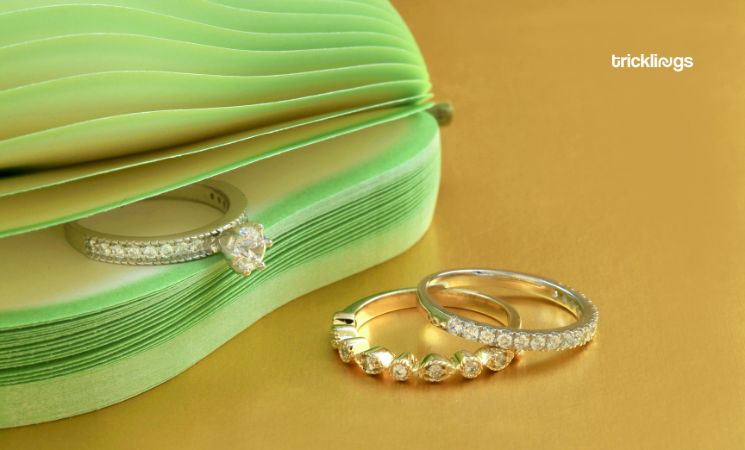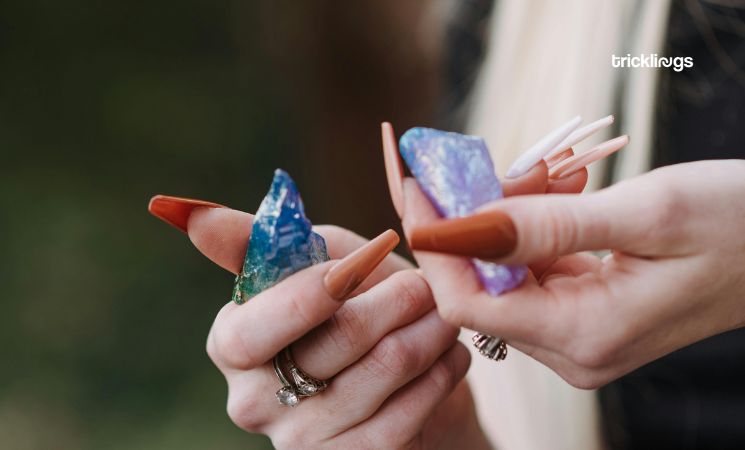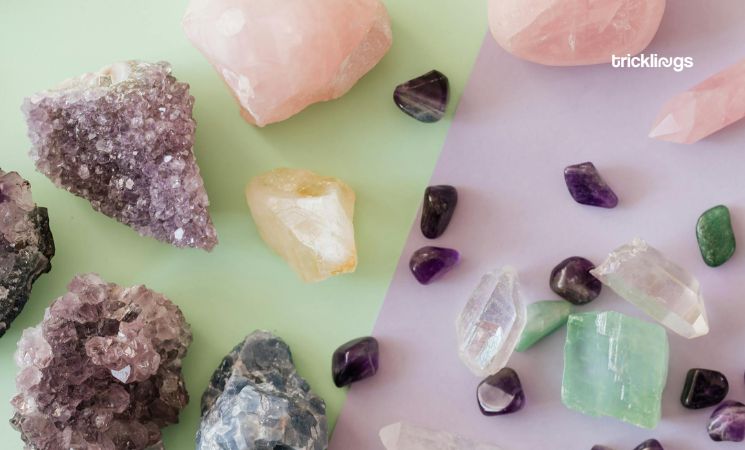In a world increasingly captivated by the metaphysical allure of crystals, the question of authenticity takes center stage. Are the shimmering stones we hold in our hands true manifestations of Earth’s energy, or are they merely cleverly disguised glass imitations?
The rise in popularity of crystals for healing, decoration, and spiritual practices has also seen an uptick in counterfeit products flooding the market. Yet, the line between glass and crystal is not as clear-cut as we might believe, and the existence of imperfections like horizontal dents or striations only adds to the mystery.
The Rise of Crystal Culture
Crystals have long been symbols of beauty, power, and healing. From ancient civilizations to modern spiritual movements, their allure has been universal. In recent years, this fascination has evolved into a booming industry, with crystals being used in everything from home decor to wellness practices.

Celebrities like Adele, who swears by crystals to manage stage fright, and Victoria Beckham, who incorporates them into her fashion lines, have helped propel crystals into the mainstream.
I try to always surround myself with positive energy and have often talked about my use of crystals. I loved the idea of including them in this collection. Each stone, from Jade to Rose Quartz, has personal resonance for me and has its own special meaning and healing properties, acting like good luck charms and carried in my talisman pouch!
However, as with any trend, the influx of fake products followed. Glass replicas of popular crystals like rose quartz, amethyst, and clear quartz are now commonly found on the market, and distinguishing between real and fake has become a necessary skill for enthusiasts.
Identifying the Real from the Fake
Real crystals are formed over millions of years beneath the Earth’s surface, accumulating imperfections as part of their natural growth. Glass, on the other hand, is man-made and typically lacks the depth and variation found in natural crystals. But the story doesn’t end there.

One of the most common methods people use to determine authenticity is by looking for imperfections. Real crystals, due to their natural formation, often contain inclusions, cracks, or striations—small imperfections that speak to their organic origins. These are typically seen as indicators of authenticity rather than flaws.
However, this brings us to the topic of horizontal dents or lines. Do these markings point to a crystal being fake, or are they simply a natural characteristic?
Do Dents and Lines Mean a Crystal is Fake?
Horizontal dents or striations on a crystal don’t automatically mean it’s a fake. In fact, many genuine crystals, particularly quartz, naturally form with striations or ridges. For example, tourmaline is known for its vertical striations, and clear quartz often has horizontal lines. These markings are part of the crystal’s growth process and should not be viewed as evidence of fakery.

However, when it comes to glass, things are different. Imitation crystals made from glass are often perfectly smooth with minimal, if any, surface irregularities. If the dents or lines seem uniform and artificially made, it could suggest that the object is glass rather than a real crystal. Machine-made glass can also have bubbles or swirls within, but these are different from the inclusions found in natural stones.
Key Ways to Spot a Fake Crystal
Aside from the presence of dents or lines, there are other methods to help determine whether a crystal is real or not:
- Temperature Test: Real crystals are typically cooler to the touch than glass. If a stone feels warm or adjusts to room temperature quickly, it may be glass.
- Weight: Natural crystals tend to be heavier than their glass counterparts. Glass, especially hollow glass, will feel lighter when held.
- Bubbles: Look for air bubbles inside the stone. Glass often has small air pockets, while natural crystals do not.
- Light Refraction: Crystals like quartz are known for their light refractive properties. Hold the stone up to light and observe how it behaves. Glass tends to have a uniform reflection, while real crystals may have more complex light behavior due to internal inclusions.
Conclusion: Trust the Signs and Your Instincts
In the battle of glass vs. crystals, the differences may be subtle, but they are significant. Horizontal dents, lines, and other surface imperfections can tell a story—sometimes of authenticity, and other times of imitation. To truly understand the nature of the crystal in your hand, you must blend both scientific observation and personal intuition.
Crystals, real or fake, have woven themselves into the fabric of modern life. Yet, the deeper cultural conversation they inspire—about authenticity, commodification, and personal belief—remains as complex as the stones themselves.
Final Thought: In a world where appearances often deceive, the quest for truth, even in a small stone, reflects a much larger desire for authenticity in our lives. Whether the stone is real or fake, the journey to discovering its truth can be as enlightening as the crystal itself.














